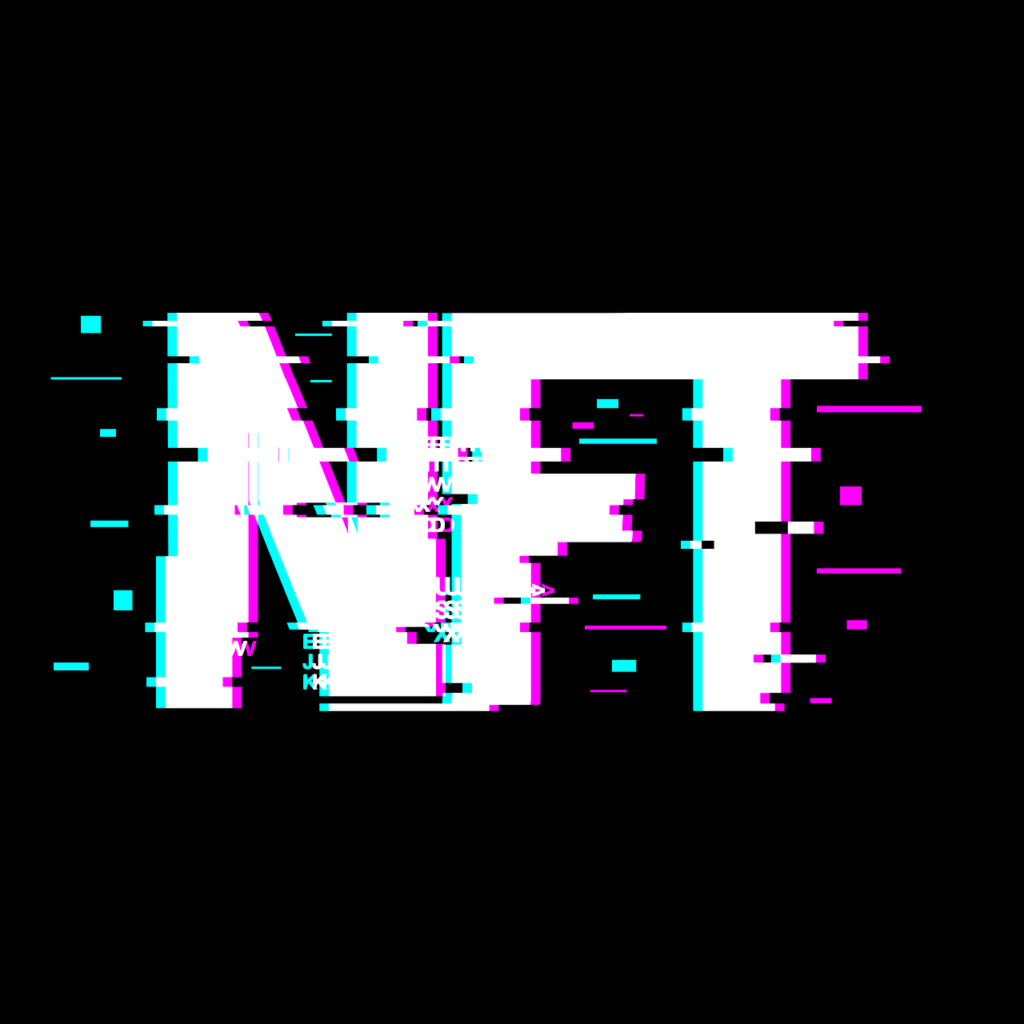In today’s rapidly evolving landscape, artificial intelligence (AI) is not just transforming industries; it’s reshaping the very essence of creativity and artistic expression. This report delves into how AI is influencing the world of art, the implications for artists, and the broader implications for society.
Table of Contents
The Impact of AI on Artistic Creation
AI has opened new frontiers in artistic creation by enabling machines to generate artwork that rivals pieces made by human hands. We’ve seen AI-produced artworks winning prestigious competitions and challenging the traditional boundaries of artistry. For example, Sony’s AI-generated paintings have garnered attention and accolades in global art exhibitions, sparking debates about the essence of creativity and authorship in art.
Evolution of Artists’ Roles
Historically, technological advancements have often been perceived as threats to traditional artistic practices. However, rather than displacing artists, these shifts have historically inspired innovation and the exploration of new artistic forms. Artists today are not only embracing AI as a tool but also leveraging its capabilities to push the boundaries of what art can be. This includes interactive installations, digital art, and even collaborations where AI and human creativity converge to create something entirely new and innovative.
Navigating the Value of AI-Generated Art
One of the central debates surrounding AI in art revolves around its perceived value. Can art created by AI possess the same intrinsic value as human-created art? The example of NFTs (Non-Fungible Tokens) in the digital art market illustrates how technology is reshaping notions of ownership and authenticity in art. Artists and collectors are increasingly exploring digital platforms to buy, sell, and showcase AI-generated and digital artworks, highlighting a shift towards valuing creativity and concept over traditional craftsmanship.

The Role of Artists in a Technological Future
Despite AI’s capabilities in replication, artists continue to play a crucial role in society as innovators and cultural provocateurs. They not only adapt to technological advancements but also drive new narratives and interpretations through their work. By embracing AI as a tool for creativity, artists are leading the charge in redefining art’s purpose and relevance in the digital age.
Conclusion
In conclusion, the intersection of AI and art presents both challenges and opportunities for artists and society at large. As AI continues to evolve, the lessons learned from artists’ adaptations and innovations provide valuable insights into the future of creativity and human expression. Looking ahead, understanding how artists navigate and integrate AI into their artistic practices will be key to understanding the evolving roles and skills in an increasingly digital world.
